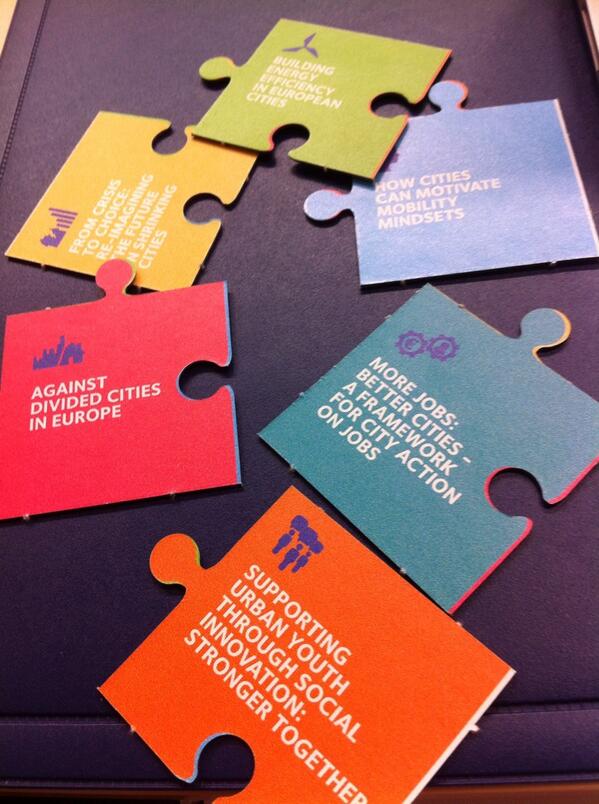
URBACT has recently launched in Brussels 6 thematic publications in which one can find food for thought and hints on how to address difficult issues European cities face.
During the presentation an interactive Question Time allowed participants to ask questions about the report and about the future funds available for cities in the next European programmation period.
But some questions remained unanswered because we lacked time.
So the authors of the reports, among which are Sally Kneeshaw, Eddy Adams, Peter Ramsden, Antonio Borghi, Mike Campbell, Alison Partridge and Paul Soto, proposed that they be answered on the URBACT Blog.
So here we open the first round of discussion with two questions on how URBACT approaches and integrates experiences coming from outside Europe:
From Corinna Horst, German Marshall Fund of the United States of America
To what degree are the Urbact initiatives looking to examples in the United States of America and other cities around the world for their work. Are there good examples. If yes, what are they?
From Gizella Matyasi, City of Budapest, URBACT project Roma-Net
Most examples are from European cities. How can we broaden the exchange of experience to the USA and other continents?

Before the authors answer, I have already some pieces of information! Last year at the URBACT Annual Conference URBACT invited speakers from the US, Asia, Latin America as I presented in this blog. The summary of their speeches and the key questions they addressed are available on the URBACT website and in this blog!
You can also find more on twitter if you look at #URBACTactiontoday




Just a quick reply from my point of view as coordinator of the workstream on Energy efficiency. In the report you will find some reference to international bodies such as OECD and International Energy Agency IEA, but the focus of the report and the case studies are all from the EU countries. This reflects the need to focus on the European dimension of the energy efficiency issue and try to see on the ground which are the good practices we can disseminate and in the most cost-efficient way. Certainly we can gather good ideas and practices also from other continents, but this is on the border of the URBACT mission.